Like most Aussies, Laura spent hours in the sun growing up. Then at 26 she woke up with an excruciating and unexpected condition – and it’s caused by a mistake we’ve all made before
Laura Clare was just 26 when she noticed mild discolouration and a ‘strange’ feeling in her eyes.
She could never have predicted that the symptoms were a sign of an excruciating – yet preventable – disease that thousands of Aussies are at risk of.
Laura had pterygium, a painful, benign growth caused by too much exposure to sunlight without wearing sunglasses or adequate sun protection.
Essentially, it is a ‘fleshy overgrowth of the conjunctiva’ – the thin, clear membrane on the surface of the eye.
Now in her mid-30s, the Australian content creator told FEMAIL that her first symptom occurred while she was working at her computer.
“My eyes felt so inflamed and I couldn’t figure out what it was,” she recalled. “They looked a bit yellow and seemed to get worse over the next few days.”
Laura initially thought there was a substance in her eye that she could not remove.
‘I had never experienced anything like this before, so I wanted to get it checked out straight away. The flare-up had subsided by the time I went to the doctor, but I wanted to know what happened,” she said.
Like many Australians, Laura admits that growing up she was ‘not great’ with sun protection and rarely wore sunglasses or hats when sunbathing – which she regularly enjoyed.
Laura Clare was 26 when she noticed some discolouration and a ‘strange’ feeling in her eyes
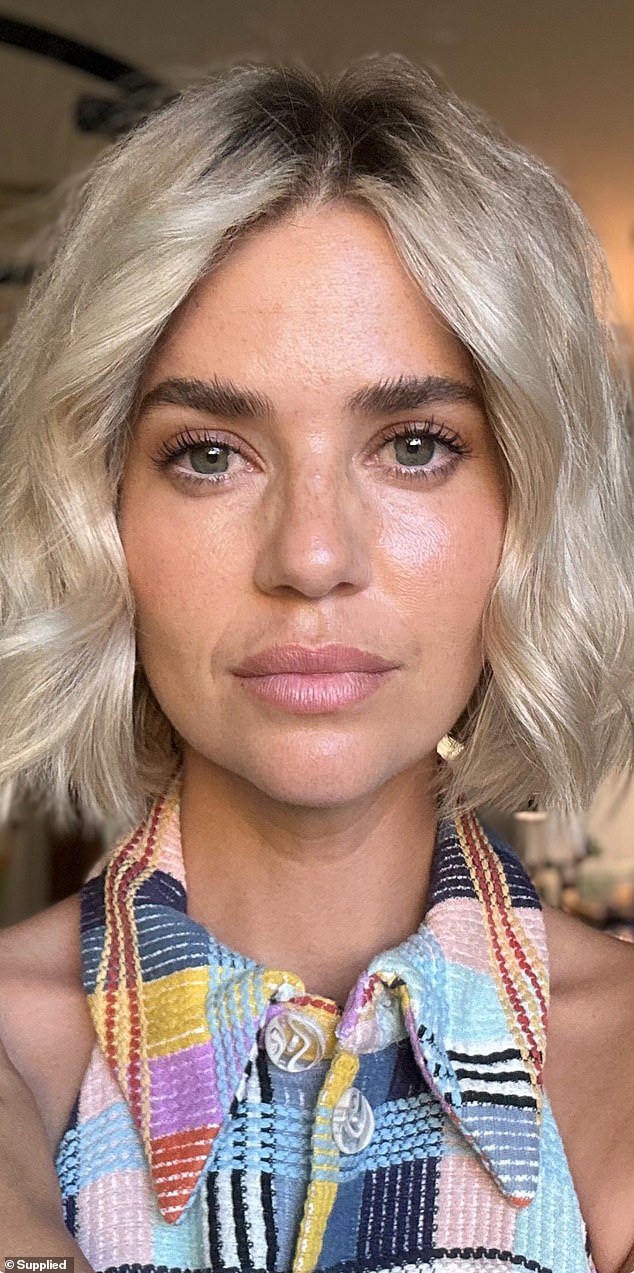
Laura initially thought there was a substance in her eye. She never expected to be diagnosed with a rare disease called pterygium. The growths can be seen here on the inside of each eyeball
“I think it was my young brain not making the best decisions for myself or my body – I was more invested in getting a tan,” she said.
In addition to sunlight, overexposure to dusty or sandy conditions can also contribute to a person’s risk for the disease.
More than 270,000 Australians are affected by pterygium, especially those who spend a lot of time surfing or working outdoors.
It is colloquially called ‘surfer’s eye’ and can occur regardless of eye color.
In her late 20s, Laura had to wear glasses full-time because the growths made it too difficult to wear contact lenses.
“It was horrible because I don’t like glasses at all,” she said.
‘I don’t like how they feel on my face – it’s so uncomfortable – but I can’t see without corrective lenses.’
For almost ten years, Laura managed her symptoms as best she could.
She often went to the doctor, but was dismissed. Typically, she was told it “wasn’t a problem” and that she would be a candidate for surgery “as soon as it got worse.”
“I had basically just accepted that I had to live with the condition,” she said.
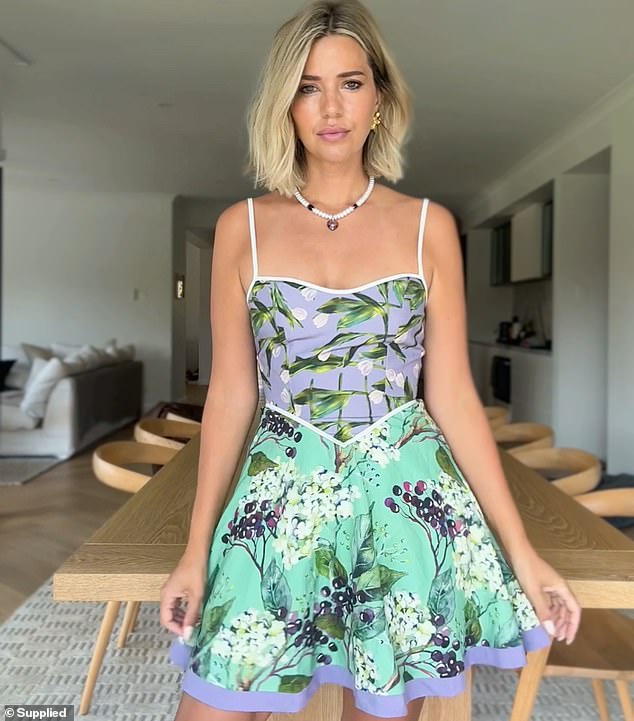
Laura managed her symptoms as best she could for ten years before having surgery
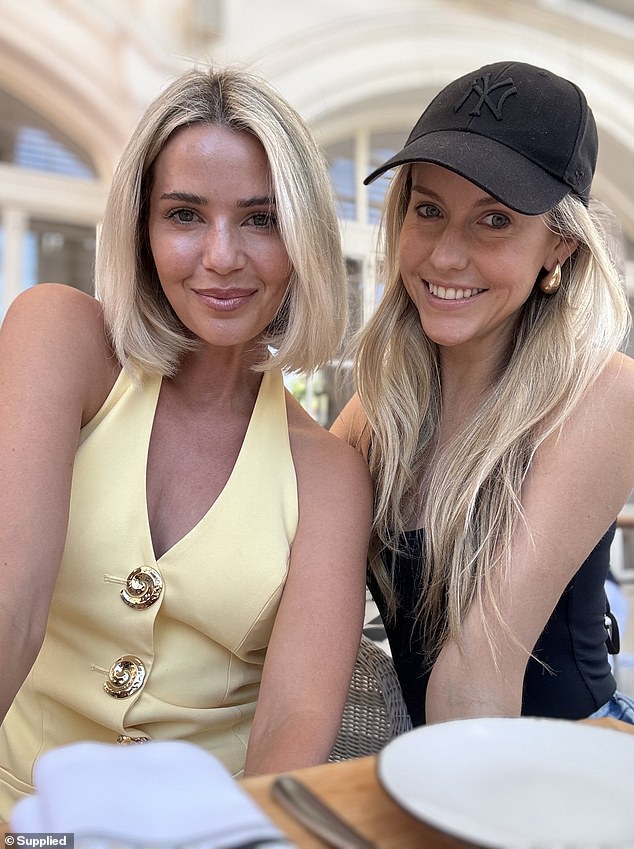
Laura leaned on her friends and family during her recovery
‘I used to use eye drops sometimes, but if I had a flare-up I would go to bed early and it would be better in the morning. Other times nothing helped, not even falling or sleeping.’
Her condition also flared up when she walked the dog, went outside on a windy day, went out in the sun without sunglasses, or spent too much time in front of a computer.
Surgery is the only treatment that can remove a pterygium, and doctors recommend having it removed before it grows over the cornea and affects vision.
If left untreated, pterygia can scar the cornea and cause permanent vision problems.
“I made the decision to pay for the surgery out of pocket because my eyes were deteriorating quite quickly,” she said.
“My doctor said I couldn’t get into public health care until the pterygium reached my pupil, but the waiting list was already over a year anyway.”
The surgery to remove the growths in both eyes cost her $7,000 and aftercare included three months of postoperative steroid drops and following a care protocol.
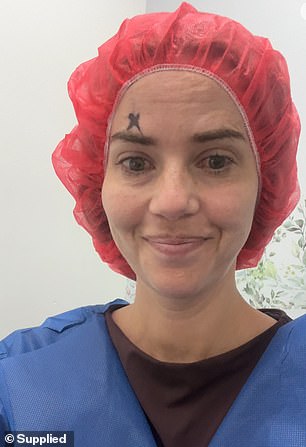
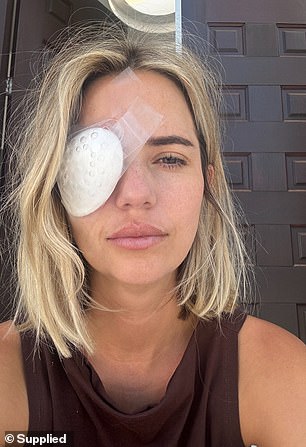
The young woman revealed that she was initially terrified of the operation, but it was the only way to get rid of the growths for good

‘It was so scary because your eyes are your buffer through life. “It’s uncomfortable to think someone is coming at them with a scalpel,” she said
Laura admitted she was terrified of the idea of surgery, but felt it was the only way to permanently treat the growth.
‘It was so scary because your eyes are your buffer through life. “It’s uncomfortable to think someone is coming at them with a scalpel,” she said.
‘However, the pain I felt was so much more than the surgeries I underwent. It was like there was sand in my eyes all the time. It burned, it’s like accidentally getting sunscreen in it.’
The procedure went well and she was fortunate to have a solid support system around her during the recovery process.
“My loved ones took care of me, helped me re-dress my eyes and put in my eye drops,” she said.
‘I couldn’t drive for a while after that.’
Laura’s key message – and one she wants to emphasize to Australians of all ages – is taking sun protection serious.
“We’ve learned a lot about sun damage to our skin, but not to our eyes,” Laura said. ‘It’s so important that people pay attention to their eyes.
‘Everyone should wear good sunglasses with UV protection according to Australian standards.’
And while it is a treatable condition, it can be dangerous and lead to a lengthy recovery after surgery.
“I’m now about six weeks post-op and one of my eyes is starting to get back to normal,” she said.
‘It was very red for a long time and I had dissolvable stitches, but I finally feel like myself again.
‘If you feel something is wrong with your eyes, see a doctor immediately and advocate for yourself – the sooner you treat it, the better.’
